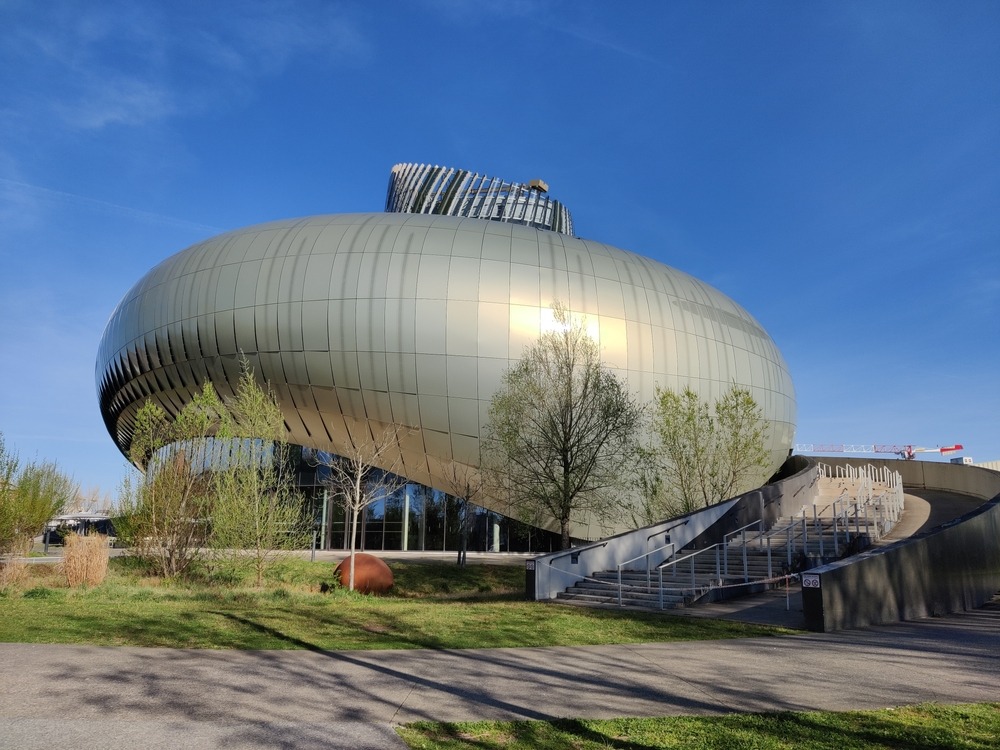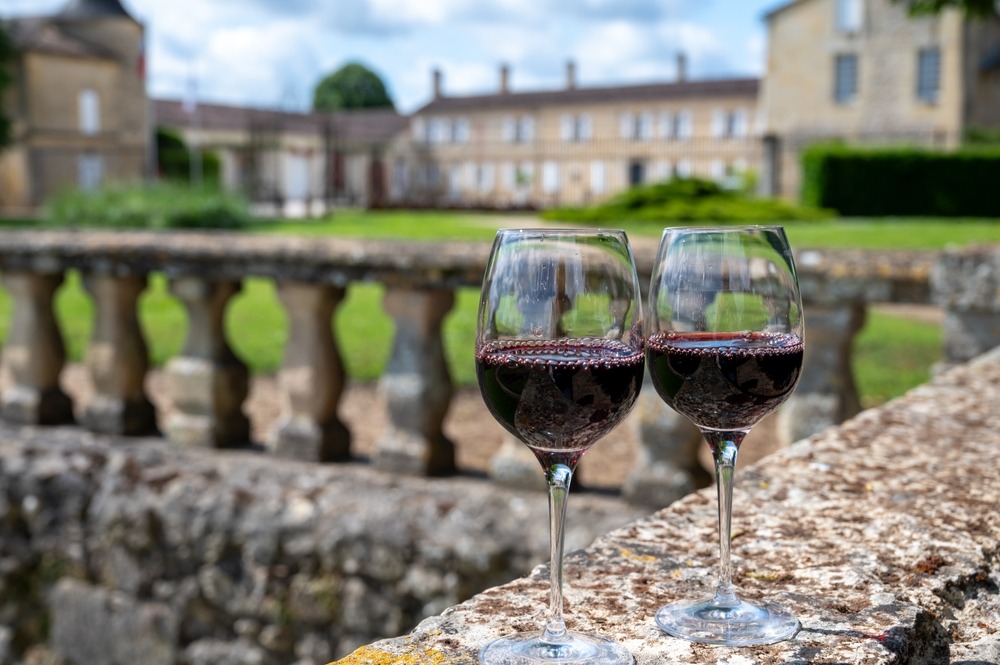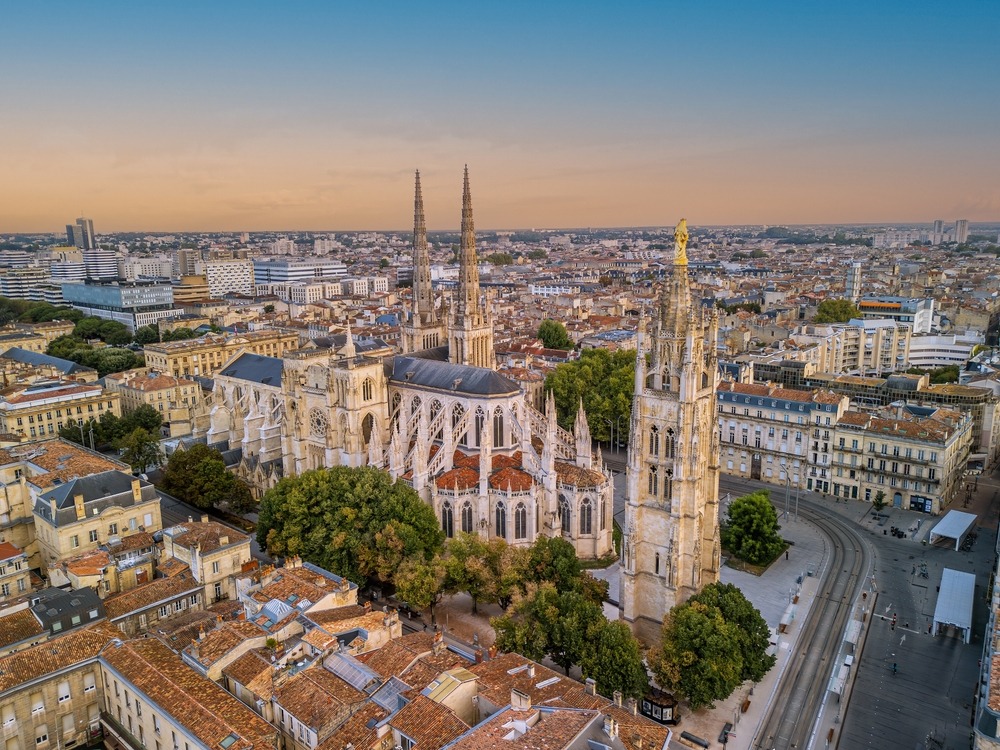History of Bordeaux, France
Located along the Garonne River in southwestern France, Bordeaux is a city of deep heritage, elegant architecture, and enduring influence in global wine culture. With over 2,000 years of recorded history, Bordeaux has evolved from a Roman outpost to a bustling medieval trade center and now into a UNESCO-listed cultural capital.
Roman Origins and Antiquity
Bordeaux was originally settled by a Celtic tribe known as the Bituriges Vivisci, who named the settlement Burdigala. In the 1st century BCE, the Romans incorporated the area into their expanding empire. Burdigala became a flourishing port city under Roman rule, serving as a hub for wine, tin, and textile trade.
Roman infrastructure—including roads, an amphitheater, and temples—laid the foundation for the city’s layout and economic strength. Portions of this Roman heritage are still visible today in archaeological remains throughout the city.

The Middle Ages and English Rule
In 1152, the marriage of Eleanor of Aquitaine to Henry II of England marked a turning point: Bordeaux and the wider Aquitaine region came under English control. For nearly three centuries, Bordeaux thrived as a favored possession of the English Crown, particularly for its wine exports. The city’s port boomed, and the English fondness for Bordeaux wine established its long-standing reputation.
During this era, Bordeaux’s Gothic churches, merchant houses, and defensive walls took shape, many of which still define the city’s skyline today.
Return to France and Enlightenment Glory
Bordeaux was reclaimed by the French crown in 1453 after the Hundred Years’ War. While the loss of English markets initially harmed the wine trade, the city rebounded during the 17th and 18th centuries, entering a golden age of prosperity tied to commerce with the West Indies, Africa, and the Americas.
This period saw the rise of neoclassical architecture, grand boulevards, and civic buildings, transforming Bordeaux into one of France’s most elegant cities. It became known as the “Little Paris” due to its symmetry, light-colored stone facades, and Enlightenment culture.
Revolutionary Struggles and Modernization
Bordeaux played a significant role during the French Revolution, serving both as a center of liberal thought and a target of political purges. In the 19th century, the city continued to modernize with the expansion of its port, railway connections, and cultural institutions.
During World War II, Bordeaux fell under German occupation but was liberated in 1944. In the post-war years, the city faced urban decay but began an ambitious revival in the late 20th and early 21st centuries.

UNESCO and 21st Century Renaissance
In 2007, Bordeaux’s historic city center—featuring 1,810 hectares of neoclassical buildings, quays, and urban landmarks—was designated a UNESCO World Heritage Site. Under the guidance of Mayor Alain Juppé, the city invested in restoration, modern transit (including a sleek tram system), and public spaces, earning recognition as one of Europe’s most livable cities.
Today, Bordeaux is not only the wine capital of the world but also a center of culture, gastronomy, art, and eco-conscious urban design.
Top 25 Attractions in Bordeaux, France
1. Place de la Bourse and Water Mirror (Le Miroir d’eau)
This iconic square reflects the grandeur of 18th-century Bordeaux with its elegant facades mirrored in the world’s largest reflecting pool.
2. La Cité du Vin
A modern architectural marvel and immersive museum celebrating the global culture of wine, complete with tastings and panoramic views.
3. Bordeaux Cathedral (Saint-André)
A Gothic masterpiece dating to the 11th century, where Eleanor of Aquitaine was married. Don’t miss the separate Tour Pey-Berland for rooftop views.
4. Rue Sainte-Catherine
One of the longest pedestrian shopping streets in Europe, stretching over 1.2 kilometers of boutiques, cafes, and bustling energy.
5. Grosse Cloche (Big Bell)
A medieval gate tower featuring one of the oldest bells in France, once part of the city’s ancient fortifications.
6. Grand Théâtre de Bordeaux
An architectural gem built in 1780, offering ballet, opera, and classical performances in an opulent neoclassical setting.
7. Place des Quinconces
One of the largest public squares in Europe, adorned with monuments, fountains, and frequent cultural events.
8. Musée des Beaux-Arts de Bordeaux
An outstanding fine arts museum housing works from Rubens, Delacroix, Matisse, and major French masters.
9. Darwin Ecosystem
A unique urban renewal project blending co-working spaces, organic markets, street art, skateparks, and eco-innovation.
10. Les Bassins des Lumières
An immersive digital art center in a former WWII submarine base, showcasing masterpieces through light and sound projections.
11. Porte Cailhau
A 15th-century city gate with turrets and a fairytale feel, offering insight into Bordeaux’s medieval history.
12. Palais Rohan (City Hall)
An elegant 18th-century building now serving as the Hôtel de Ville, located beside the cathedral.
13. Jardin Public
A tranquil English-style garden in the heart of the city, perfect for a picnic, walk, or family outing.
14. Musée d’Aquitaine
A comprehensive museum tracing the history of Bordeaux and the Aquitaine region from prehistory to the modern era.
15. Pont de Pierre
Commissioned by Napoleon, this graceful stone bridge connects the left and right banks of the Garonne.
16. Cours de l’Intendance
A prestigious shopping boulevard lined with luxury boutiques, 18th-century facades, and stylish cafes.
17. Marché des Capucins
Bordeaux’s central market buzzing with fresh produce, local oysters, wine stalls, and international flavors.
18. Palais Gallien
The remains of a Roman amphitheater that once seated 20,000 spectators—Bordeaux’s oldest standing monument.
19. Saint-Michel Basilica and Spire
A towering Gothic church in a vibrant multicultural neighborhood, offering panoramic views from its separate bell tower.
20. Parc Bordelais
A leafy oasis in Bordeaux’s northwest, popular with families for its playgrounds, gardens, and small animal enclosures.
21. Base Sous-Marine
An enormous concrete submarine base turned into a cultural space for concerts, installations, and art exhibitions.
22. Musée Mer Marine
An engaging maritime museum tracing Bordeaux’s naval, colonial, and global trade history through artifacts and ship models.
23. Cap Sciences
A family-friendly science museum on the riverfront offering interactive exhibits and educational events.
24. Saint-Pierre District
The historic core of Old Bordeaux filled with cobbled lanes, medieval buildings, hidden squares, and atmospheric wine bars.
25. Wine Tours and Châteaux Day Trips
While not inside the city proper, Bordeaux is the perfect gateway for day tours to St. Émilion, Médoc, Graves, and Pessac-Léognan—legendary vineyard regions just a short drive or train ride away.

Conclusion
Bordeaux is a city where vineyards meet vision, and heritage blends with innovation. Whether you’re sipping world-class wines by the Garonne, marveling at Roman ruins and Gothic towers, or exploring digital art in a submarine bunker, Bordeaux offers a dynamic mix of old-world elegance and modern energy. With its pedestrian-friendly charm, cultural depth, and sunlit terraces, Bordeaux isn’t just France’s wine capital—it’s one of Europe’s most captivating destinations.

































